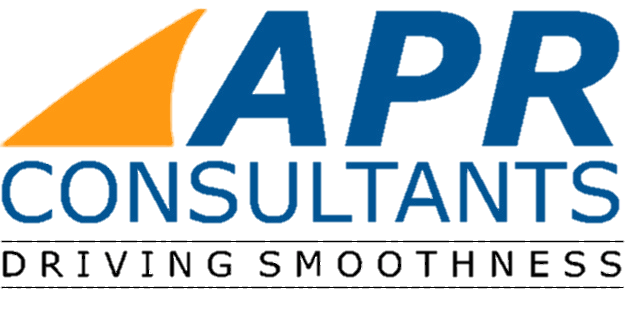Articles
Article Description
Click to Download an Adobe PDF Copy of this Article.
Many industry professionals start out using the wrong tools to assess runway roughness. This article helps point out where common tools often fail and why Aircraft Simulation is the right tool for the job.
While easy to use and understand, Ride Quality Indexes such as Profile Index or IRI usually fall short of truly identifying the ride quality of an airfield pavement. This article discusses those commonly used indexes and why they may not be as effective as you would think.
This summary document discusses the various techniques used to assess runway roughness. This project was written and published in a cooperative effort between APR and Duhifat-Engineering of Israel.
This article explains the benefits of adding runway profile monitoring to your airfield pavement management program.
The Boeing Bump Index can be an effective tool to evaluate some types of pavement roughness. But, as this article illustrates, it should not be the only method used to evaluate serious ride quality problems.
This informative article breaks down the technology of aircraft simulation and illustrates how accurate it can be at identifying pavement roughness.
Flexible data is data that can be used for multiple purposes. Data produced by older technology such as the California Profilograph have very limited uses. Profiles produced from new technology such as the Auto Rod and Level provides you with many more options to assess your profile. This article helps illustrate the advantages of Flexible Data.
When runway roughness produces pilot and passenger complaints, pavement engineers want to find a solution to the problem. This article demonstrates how APR uses aircraft simulation to make optimized changes to the profile based on aircraft response, correcting the ride quality problems.
This is a case study where a pavement was built per the design, but the design itself has some serious profile problems that dramatically affected aircraft ride quality. APR was called in to use its aircraft simulation technology to assess the current ride quality problem and ensure that the new design will improve ride quality.
This article is a collaborative effort between APR and the Greater Toronto Airport Authority and Air Canada. In it, we examine the problem of pilot reported roughness and how APR worked with the Toronto International Airport and Air Canada worked together to develop a solution.
I am text block. Click edit button to change this text. Lorem ipsum dolor sit amet, consectetur adipiscing elit. Ut elit tellus, luctus nec ullamcorper mattis, pulvinar dapibus leo.
